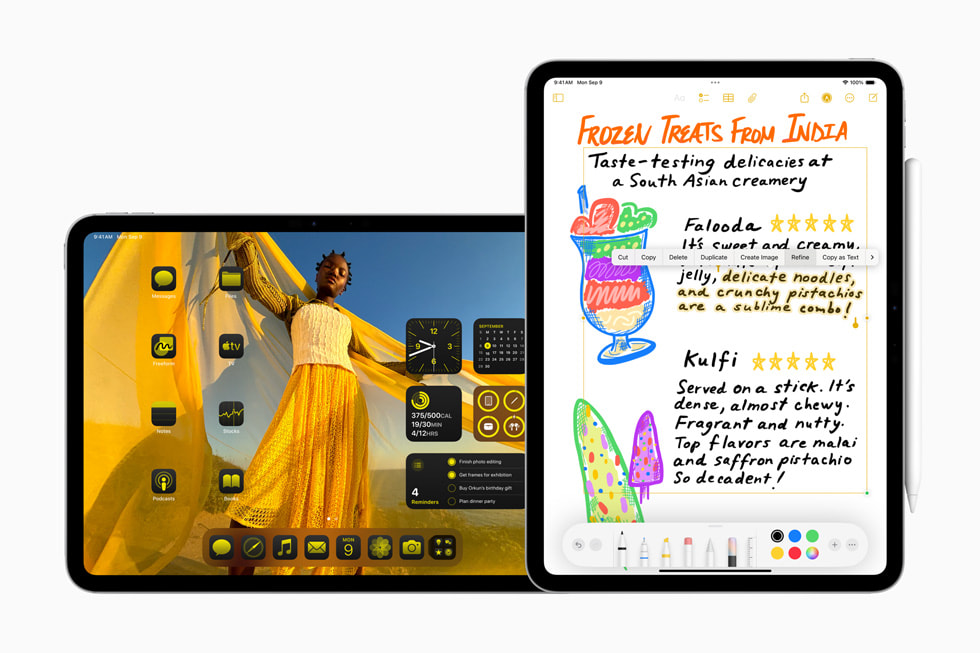E-commerce platforms are everywhere today. People buy clothes, electronics, groceries, and more from online stores. If you are learning to become a developer, building an e-commerce platform is a great project. It teaches you how to manage products, users, orders, and payments.
One way to make your e-commerce platform fast and SEO-friendly is by using Server-Side Rendering (SSR). SSR means the server prepares the web page and sends it to the user, instead of letting the browser build it. This makes the site faster and easier to find on Google.
In this blog, we will explore how to create an SSR e-commerce platform using full stack technologies. We’ll cover the front-end, back-end, database, and how SSR helps improve the experience.
If you are part of a full stack developer course in Hyderabad, this topic will help you learn real-world skills that are used in big companies.
What Is Server-Side Rendering (SSR)?
In a normal web app (Client-Side Rendering or CSR), the browser downloads JavaScript files and builds the page after the user opens the site. This can be slow, especially for users with slow internet.
With SSR, the server builds the full HTML page and sends it to the browser. The user sees the content faster, and search engines can read the page easily.
SSR is useful for:
- Faster page loads
- Better SEO (Search Engine Optimization)
- Good user experience
- Smooth performance on slow devices
Technologies to Use
To build an SSR e-commerce site, you need both front-end and back-end tools. Here are some popular full stack technologies:
Front-End
- Next.js – A React-based framework that supports SSR
- React – For building UI components
- Tailwind CSS or Bootstrap – For styling
Back-End
- Node.js + Express – For handling API requests and logic
- MongoDB or PostgreSQL – For storing products, users, and orders
- JWT – For user authentication
- Stripe or Razorpay – For handling payments
These tools are commonly taught in any good developer course. They are powerful, flexible, and perfect for e-commerce platforms.
Step 1: Set Up the Project with Next.js
Next.js is a React framework that supports SSR out of the box. It is a good choice for building e-commerce websites.
To start a new project:
npx create-next-app ecommerce-ssr
cd ecommerce-ssr
npm run dev
Now your project is running at http://localhost:3000.
Step 2: Design the Front-End
You need several pages in an e-commerce platform:
- Home page with product listings
- Product detail page
- Cart page
- Login and register pages
- Checkout page
- Admin dashboard (optional)
With SSR, you use special functions like getServerSideProps() in Next.js to fetch product data on the server before sending it to the browser.
Here’s an example:
export async function getServerSideProps() {
const res = await fetch(‘https://api.example.com/products’);
const products = await res.json();
return { props: { products } };
}
This code runs on the server and sends the product list to the browser, so users see it instantly.
Step 3: Build the Back-End API
Your back-end will manage:
- User registration and login
- Product data
- Cart and order management
- Payment handling
You can build your API using Express.js.
Example for creating a product:
app.post(‘/api/products’, async (req, res) => {
const product = new Product(req.body);
await product.save();
res.send(product);
});
Connect this API to your Next.js front-end using Axios or fetch.
If you are taking a developer course in Hyderabad, your teachers will likely guide you through creating these APIs, testing them with tools like Postman, and connecting them to your database.
Step 4: Add Authentication
Users should be capable to register, log in, and manage their orders.
Use JWT (JSON Web Token) to create secure sessions. When a user registers, generate a token and send it to the front-end. Save it in a cookie for future requests.
Back-end login example:
const token = jwt.sign({ userId: user._id }, ‘secretkey’);
res.cookie(‘token’, token).send(user);
Front-end can then use the token to access secure routes like the checkout or order history.
Step 5: Manage the Cart
A user adds products to the handcart before buying. You can manage the cart using:
- Local storage (for guests)
- Database (for logged-in users)
Display the cart on a separate page, showing item name, price, and quantity. Allow users to update or remove items.
Example cart UI logic in React:
function CartItem({ item }) {
return (
<div>
<h4>{item.name}</h4>
<p>Quantity: {item.quantity}</p>
<button onClick={() => removeItem(item.id)}>Remove</button>
</div>
);
}
Step 6: Handle Payments
Payments are a key part of any e-commerce platform. Use trusted payment gateways like Stripe or Razorpay.
Steps:
- Collect user details and order info
- Call your payment API
- Redirect to the payment page
- On success, save the order in the database
- Show confirmation message
Most payment providers give you SDKs and test environments to try everything before going live.
Adding payment features makes your project more complete and impressive. In a full stack developer course, students often work on similar projects with real payment integration.
Step 7: Admin Features (Optional)
Admins should be able to:
- Add or delete products
- View all orders
- Manage inventory
Create a simple dashboard with login protection. Add CRUD (Create, Read, Update, Delete) operations for products and orders.
Use SSR on admin pages too for better performance.
Benefits of Using SSR for E-Commerce
Here’s why SSR is perfect for e-commerce platforms:
- SEO-Friendly: Search engines can read product pages
- Fast First Load: Pages load quicker, even on slow devices
- Better Experience: Users see content instantly
- Improved Sharing: Pages have correct previews on social media
Hosting Your SSR E-Commerce App
Once your app is ready, you can host it on platforms like:
- Vercel – Great for Next.js apps
- Netlify – Easy to use
- Render or Railway – Good for back-end and databases
- MongoDB Atlas – Free cloud database
These platforms support environment variables and server-side features, making it easy to deploy your SSR e-commerce site.
Final Thoughts
Building a server-side rendered e-commerce platform is a great way to learn full stack development. You work with the front-end, back-end, database, APIs, and modern frameworks like Next.js. You also learn how to make your site faster and SEO-friendly.
In this blog, we covered the steps to build an SSR e-commerce app, the technologies to use, and why SSR is important.
If you are learning through a developer course, this type of project is a perfect way to apply what you learn. It’s also a great addition to your portfolio.
Students in a developer course in Hyderabad often build projects like this to prepare for real jobs. It helps them learn how professional websites work and how to solve real-world problems.
Start small, build one feature at a time, and enjoy the process. You’ll gain confidence, improve your skills, and create something that can be used in real life.
Contact Us:
Name: ExcelR – Full Stack Developer Course in Hyderabad
Address: Unispace Building, 4th-floor Plot No.47 48,49, 2, Street Number 1, Patrika Nagar, Madhapur, Hyderabad, Telangana 500081
Phone: 087924 83183





